When you’re a reloader you get a bunch of odds and ends components and you go on a jag to load them all just to get the stuff off the bench. Oddball bullet dribs and drabs, brass you don’t want to bother cleaning, trimming, or sorting, that sort of thing. I had a bunch of the above laying around crying out to become .223 ammo, I hadn’t been to the range with my Mini 14, and it was time to shoot up the leftovers.
First, a bit about the rifle. It’s what Davidson’s called the Mini 14 Tactical, and it was a limited run they had Ruger make with Circassian walnut stocks. I looked at a bunch of them on Gunbroker before I spotted the one you see here and I pounced (most had very plain walnut).
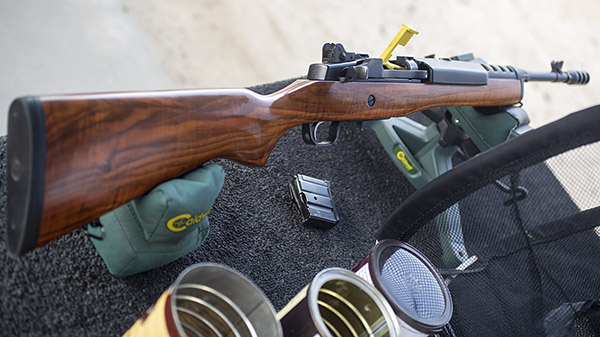
This is a rifle that gets compliments every time I bring it to the range. I’ve written about my Mini 14 before here on the ExNotes blog and I know what it takes to make this puppy group. This wasn’t going to be one of those days; like I said, I was just using up remnants from reloading sessions for other rifles.
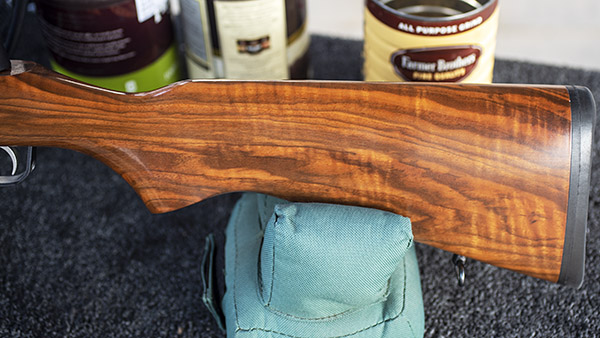
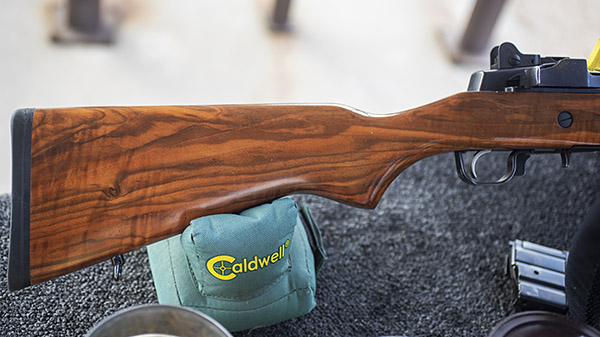
The Davidson’s Mini 14s came with 30-round mags and a flush suppressor, both of which are apparently favored by folks who rob gas stations and convenience stores (our legislators have their heads so far up their fourth points of contact they haven’t seen daylight in decades). I replaced the flash suppressor with a muzzle brake to make the rifle much less intimidating.
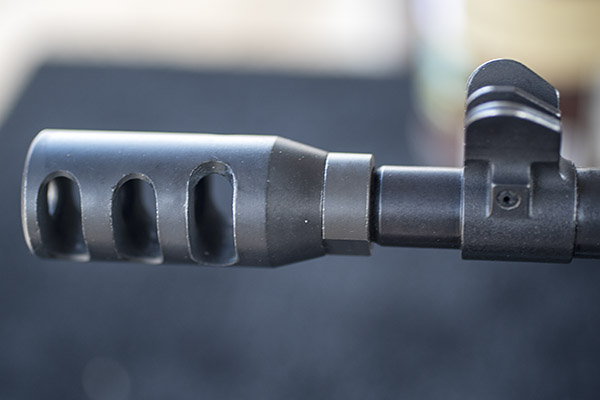
I also installed the Tech Sights Mini 14 rear aperture sight, which I like a lot better than the standard Mini 14 rear sight.
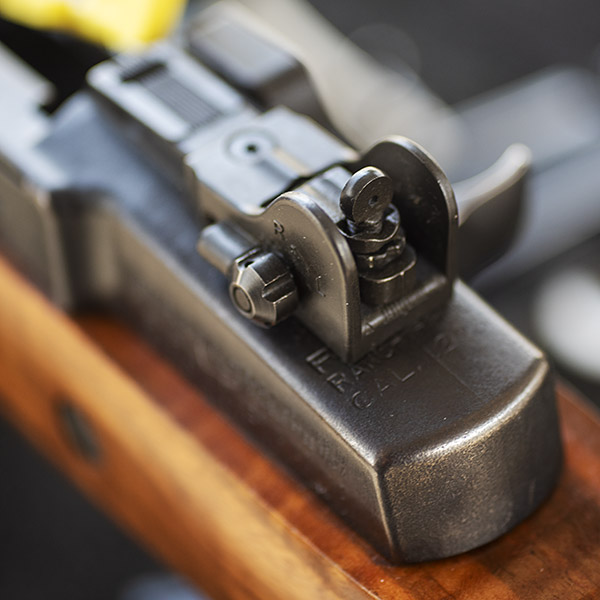
I loaded three configurations of ammo. The first was a new load I had developed using XBR 8208 propellant. For reasons I can’t remember, I had a bunch of Hornady 55-grain full metal jacket bullets I had pulled from another load. If you look closely at the photo below, you’ll see the circumferential ring where the collet puller grabbed the bullets. My thought was that pulled bullets would degrade accuracy, which is why they were tucked away and ignored for a long time. The load was 25.3 grains of XBR 8208, mixed brass previously fired in the Mini 14 (neck sized only for this load), and Winchester small rifle primers. I seated the bullets about midway in the cannelure, but I didn’t crimp. For this load, I didn’t tumble or trim the brass, either.
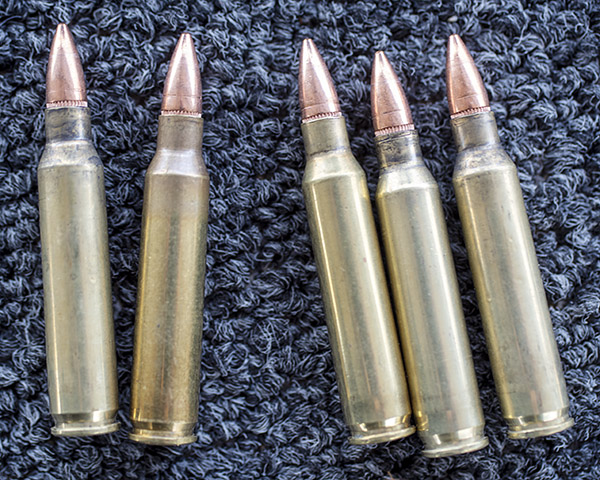
Surprisingly, the above load shot relatively well. If the marks on the bullets affected accuracy I couldn’t see it. I shot a few 10-shot groups at 50 yards just to get into the swing of things, and then I fired a 10-shot group at 100 yards (which I’ll get to at the end of this blog). The 10-shot group at 100 yards wasn’t too shabby. The rifle shot low left (my aim point was at 6:00), but I hadn’t adjusted the sights for this load.
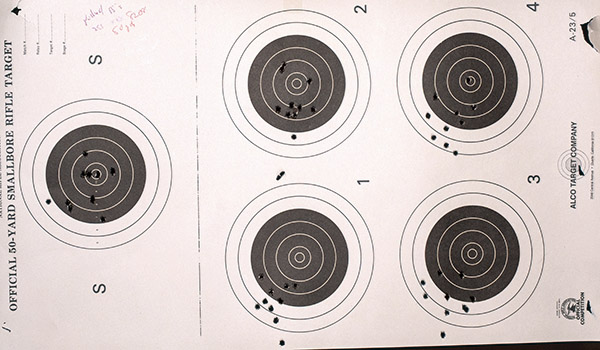
For the next load, I had a few 35-grain Hornady V-Max bullets I normally use for my .22 Hornet. This is a bullet I guessed would not do well in the much-higher-velocity .223 Remington cartridge, and I was right. Some of them grouped okay at 50 yards, but they were right on the edge of instability. A few tumbled and went wide. I didn’t bother firing these at 100 yards; if they were flaky at 50 yards, they would be positively flaky at 100.
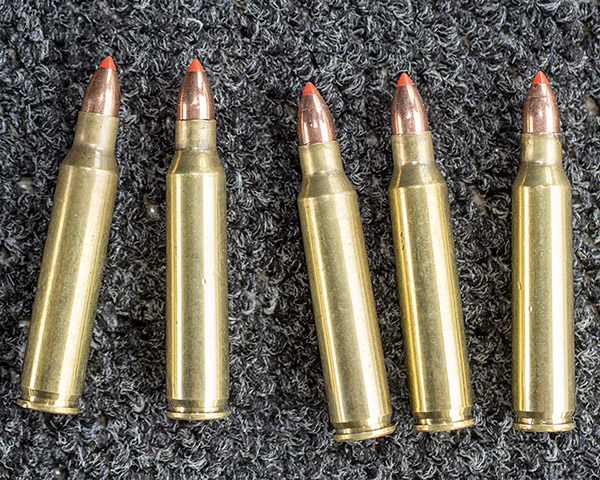
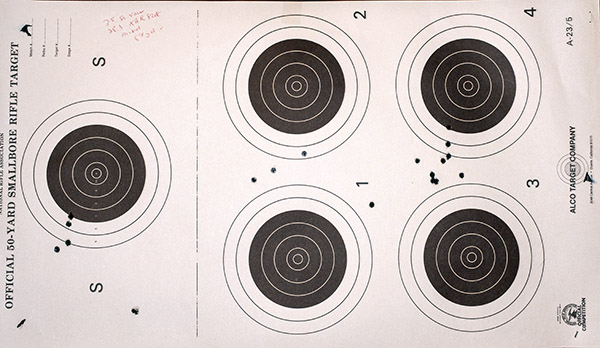
The last group was one I put together using another set of leftover Hornet bullets, the 46-grain Winchester jacketed hollow point bullet. They shot poorly when I tested them in my Ruger No. 3 Hornet, and they were really terrible in the .223 Mini 14. I suspect they were breaking up in flight. Several went wide or through the target sideways.
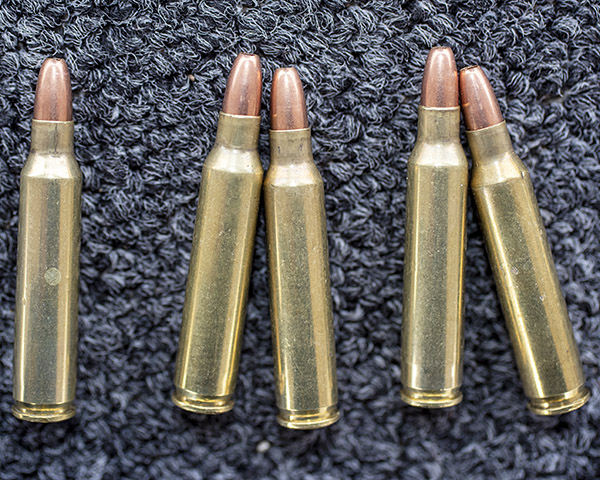
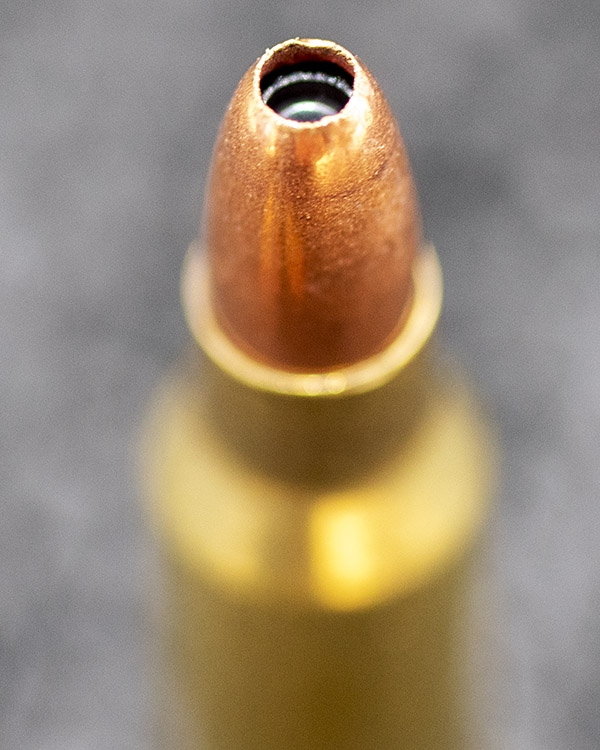
The 46-grain Winchester groups were huge at 50 yards and I could see on the target that they were unstable. At least one tumbled. Some never even made it to the target.

After testing the above bullets at 50 yards, I knew that the Hornet bullets were a no go. Actually, I kind of knew that before I tested the load. But I had the bullets and I thought I would give it a try.
I wanted to see how the pulled 55-grain Hornady bullets would do at 100 yards, so I moved a target out to 100 yards they did relatively. The group centroid shifted from my usual Mini 14 load, but it was fairly tight for iron sights with junk/untrimmed mixed brass.
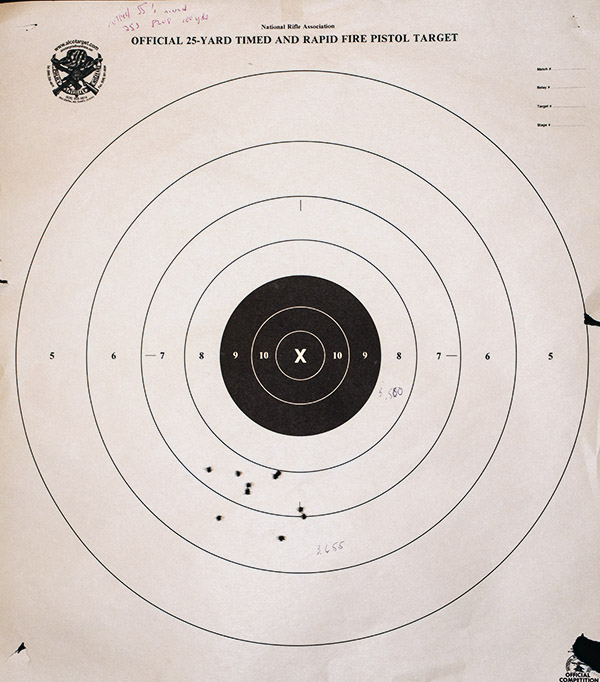
Well, you live and you learn. I cleaned off the reloading bench, I had a little fun, and I now know from personal experience that 35-grain and 46-grain Hornet bullets won’t do very well in the .223. Sometimes it’s good to learn what doesn’t work as well as what does.
More guns and reloading content? Like fancy walnut? Hey, it’s all right here!
You can’t beat free…sign up here and never miss an ExNotes blog.

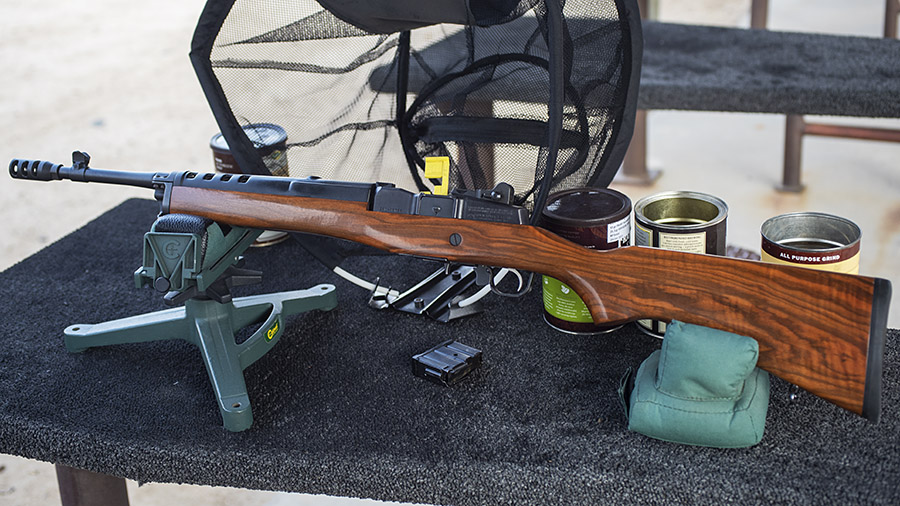
Is Circassian walnut anything like Corinthian leather?
Fernando Llamas. He knows.
Carlos Montalban is the “Cordoba” dude.
Thanks. I always get those two guys mixed up.
Beautiful rifle. I love the slight curl on the butt stock.